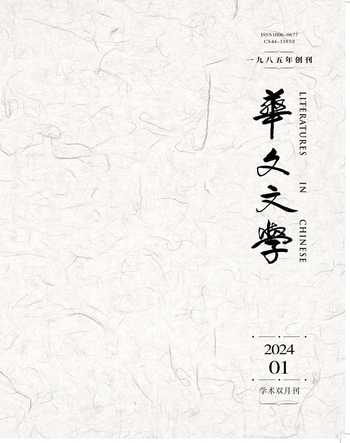丰容与据守:论台湾作家杨云萍的跨语创作经验
马泰祥
摘 要:作為日据时代台湾第一代新文学作家和跨语作家,杨云萍在文艺养成期形成了“早期型双语”的语用结构与“世界之子”的文学眼光。日语文化资源的“丰容”使其拓展了文学接受的渠道,并在一种文化比较的眼光中发现本族汉语文学资源的可贵之处,产生了对汉语文化坚实的情感依赖。在1920年代的汉文创作中,杨云萍的创作具备了强烈的淑世意识和以地方路径接入中国白话文体建设的语体意义;在1930年代的日语创作则显示出非常明显的“汉文化影响”,造就了跨语作家以汉语文化为影响源、正迁移而进入日语创作生态中的特殊跨语经验。
关键词:杨云萍;日据时代台湾文学;跨语作家;跨语经验
中图分类号:I206 文献标识码:A 文章编号:1006-0677(2024)1-0005-11
Enriched and Entrenched: on the Trans-lingual
Experience of Yang Yun-ping, a Taiwanese Writer
Ma Taixiang
Abstract: As a writer, a translingual one, of new literature, of the first generation in Japanese-occupied Taiwan, Yang Yun-ping formed the language structure of early-stage bilingualism and the literary vision of a Child of the World, in his period of literary development. The enrichment of cultural resource from Japan helped his expand the channel of his literary reception, and discover the treasured places of the Chinese-language literary resource of his own race, developing a solid emotional reliance on Chinese-language culture. In his Chinese-language creation in the 1920s, Yang Yun-pins writing was equipped with a strong sense of meliorism and the significance of style in connecting with the construction of vernacular language in China by way of local paths. His Japanese-language writing in the 1930s obviously shows an influence of Chinese culture, creating a special translingual experience of a translingual writer, with the Chinese culture as the source of influence, that is migrating into the creative ecology in Japanese.
Keywords: Yang Yun-ping, Taiwanese literature in the Japanese-occupied times, a translingual writer, translingual experience

